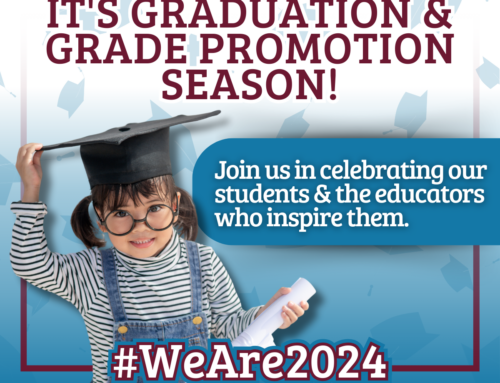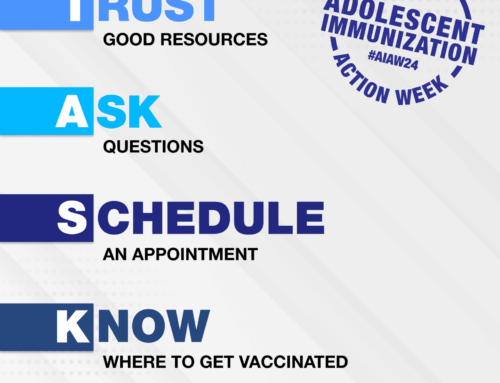What is Generative AI and why should educators care?
Artificial intelligence (AI) has a history spanning several decades, encompassing various applications such as Alexa, Google Assistant, or Siri. However, one emerging aspect of AI that stands out is Generative AI (GAI), which sets itself apart from traditional programmed AI by its ability to provide answers to questions.
According to a recent CoSN member report, GAI is defined as a device or computer system capable of generating novel outputs based on the questions posed and the underlying data or information with which it has been programmed.From the early days of conducting Google searches that presented hyperlinks, we have witnessed a progression towards GAI, where it responds to prompts and offers refined answers. These advancements bring with them both opportunities and challenges, raising concerns by educators on how to effectively manage GAI as an educational tool.
Undoubtedly, GAI is likely to have a significant impact on almost every industry. We can anticipate even greater integration of AI tools into our daily routines. For instance, Microsoft is set to release Copilot in their Office suite. In MSWord, Copilot collaborates with the user by editing, summarizing, and creating content. Similarly, Microsoft Copilot in PowerPoint can take that Word doc and transform it into polished presentations. Google also plans to introduce GAI tools to enhance its search functionality. How do we prepare students for an AI driven world?
Likewise, how should educators and students use these tools for learning? AI tools clearly have the potential to expand teaching and learning capabilities. Automated grading, drafting lesson plans, and facilitating one-on-one mentorship are just a few examples of how GAI might be harnessed in K12 education. As with the mainstream adoption of computer skills over the past couple of decades, proficiency in GAI user skills will become increasingly important.
As with any new technology, GAI comes with limitations and potential challenges such as ethical considerations, inequity of access, accessibility to cheating (plagiarism), bias of data, and wrong answers. By acknowledging and addressing the challenges, educators and education professionals can navigate the integration of GAI tools in teaching and learning more effectively, leveraging their benefits while mitigating potential drawbacks.
It is important to note that GAI is an evolving field, and that our understanding today may differ from our perceptions in the coming days, weeks, or even years. We believe there must be guardrails to ensure ethical and responsible use, however we cannot lose sight of the opportunities.
While the GPT genie is undoubtedly out of the bottle, bear in mind that this is the worst AI you will ever use. It gets better every day.
– By Keith Krueger, CEO CoSN and Pete Just, IN CTO CoSN
CoSN www.cosn.org is the premier professional association for K-12 EdTech leaders, their teams, and other school district leaders.




